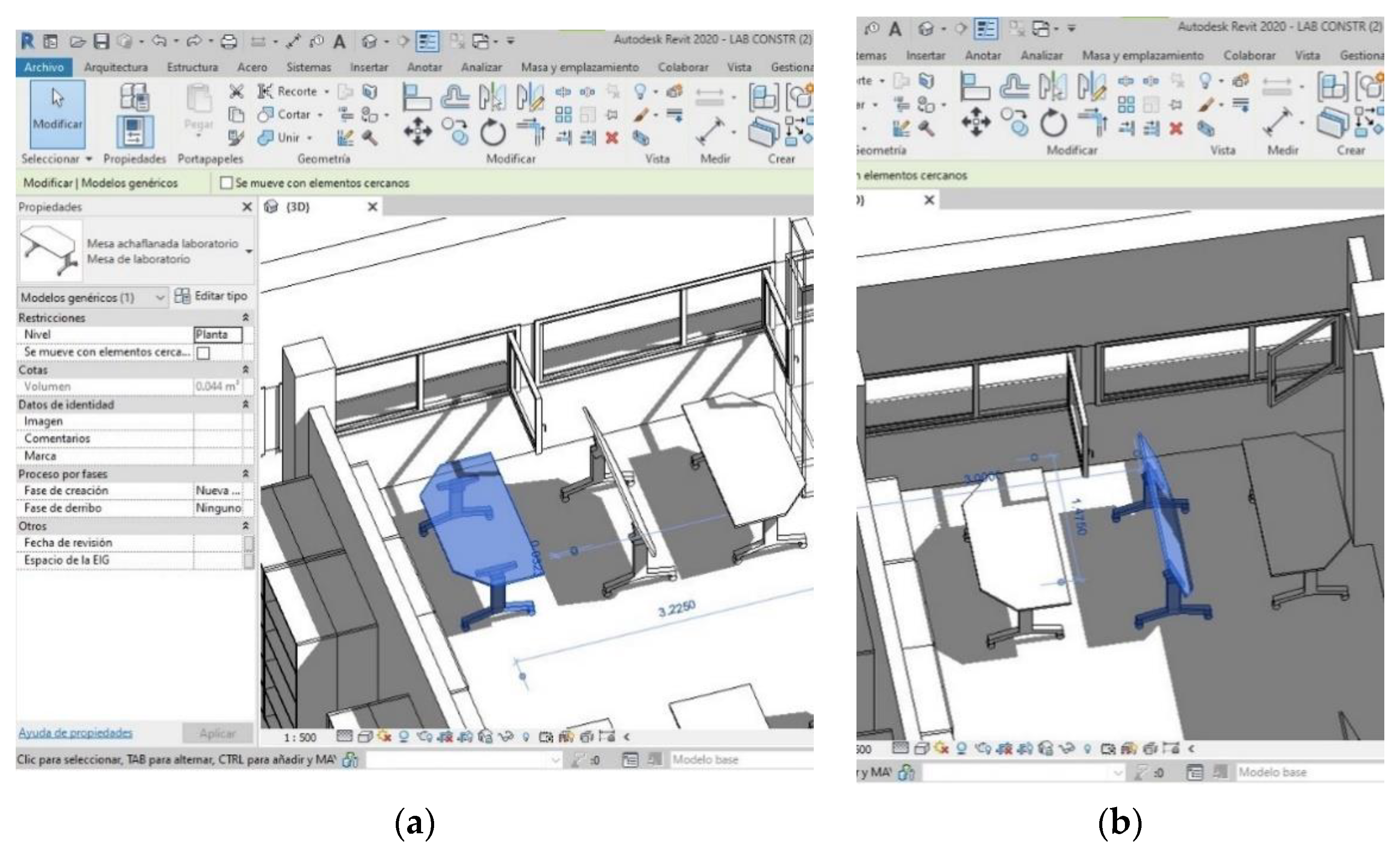

Self-reflection (or simply, reflection) has received numerous definitions from different sources in the literature. The role of reflection in education has created an upsurge of interest amongst educators and researchers since Dewey’s ( 1991) ground-breaking work, which emphasized the positive roles that reflection might play in fostering students’ self-reflection, critical thinking, and in the demonstrable development of professional values or skills. Taken together, the findings suggest that self-reflection on both how and what students have learned does lead to improvements in academic performance, although to a limited extent. Correlational analyses showed weak to moderate inter-relationships between the textual categories and their classroom and knowledge acquisition test grades. Outcomes of the textual content analyses revealed that students reflected on both the process and contents of their learning: critical review of past learning experiences, learning strategies and summaries of what was learned. Data was collected twice, once at the beginning and again towards the end of an academic year. To that end, the reflection journals of 690 first-year applied science students at a local polytechnic were studied by means of an automated coding procedures using software. Later on, you can add this filter to your View templates, by using the "VG Overrides Filter > Edit." button of the View Template Settings dialog box, and then apply the updated view templates to your views.The purposes of the present study were two-fold: first, to evaluate whether reflection journal writing was effective in promoting self-reflection and learning, and whether students become better at self-reflection if they engage continuously in reflection journal writing. Now, go to VG > Filters, Add > "don't need stuff" > Visibility = OFF.

On the right pane, from Filter by, select your "Comments" parameter.

Then go to View > Filters > Add button > name the new filter, such as "don't need stuff" on the list of categories, apply to: Levels (in this case). Then go to your project, select all the elements of that category that you don't want to see, and from the properties window, enter something in the "Comments" parameter, such as "don't need". Why? Create a new parameter in the project by Manage > Project parameters > add >, name it, for example, "Comments" (instance, text), applies to: Levels (in this example). I don't think you need a "shared" parameter. I am sure you have used Filters, but you have forgotten.


 0 kommentar(er)
0 kommentar(er)
